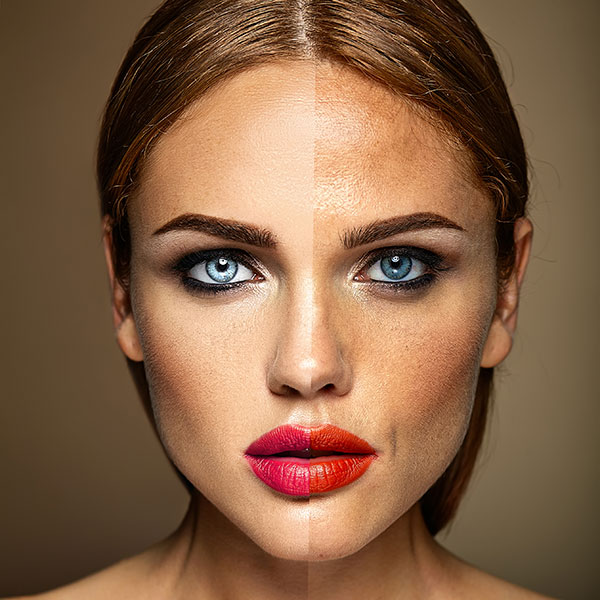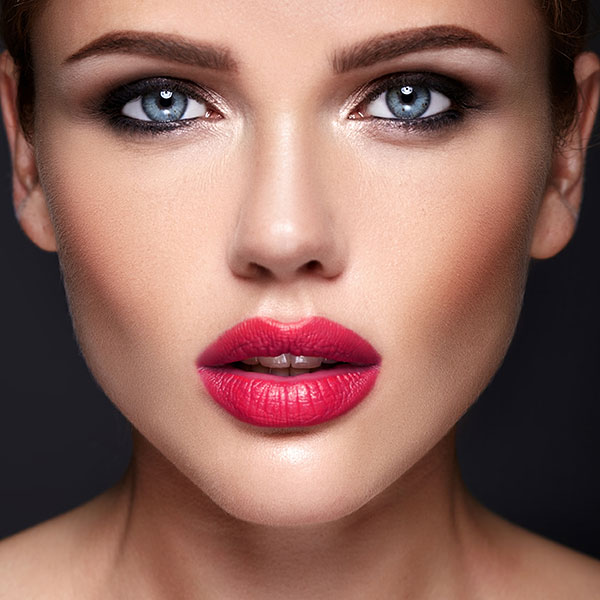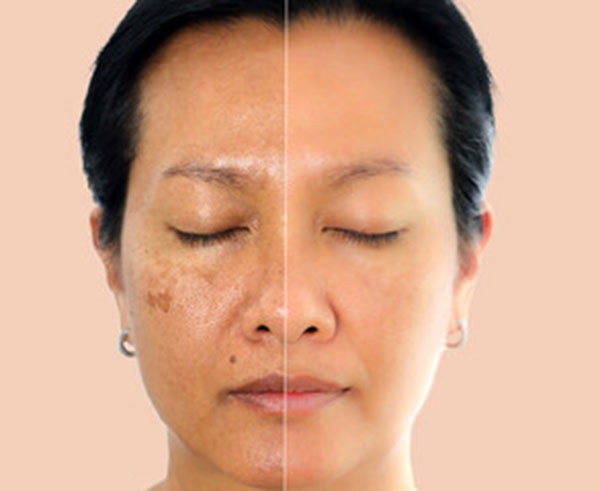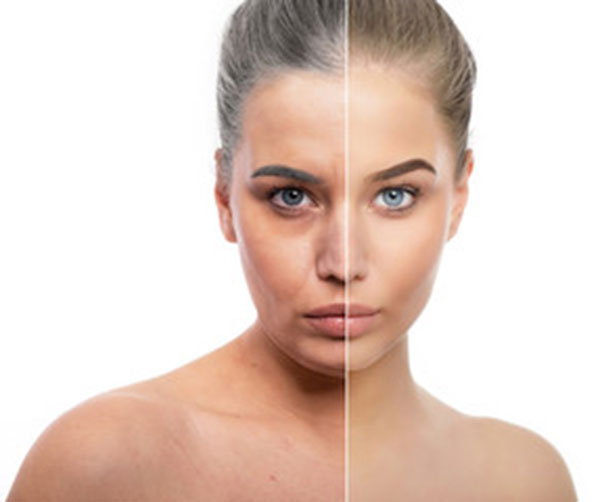Advance Techniques in High-End Retouching with pixc retouch


Discover advanced techniques in high-end photo retouching with Pixc Retouch. Learn frequency separation, dodge and burn, color grading, and detail enhancement to transform your images into stunning masterpieces. Perfect for photographers and retouching professionals seeking to elevate their skills

In the world of photography, capturing the perfect shot is just the beginning. High-end photo retouching elevates a good image to a stunning masterpiece, blending technical expertise with artistic vision. This meticulous process is essential in fashion, advertising, and editorial photography, where perfection is not just desired but required. Let’s delve into what high-end photo retouching entails, the skills needed, and why it’s indispensable in the photography industry.
Understanding High-End Photo Retouching
High-end photo retouching is a specialized field focused on refining images to their highest potential while maintaining their natural feel. This involves correcting imperfections, enhancing details, and ensuring that the final image aligns perfectly with the intended vision. Unlike basic retouching, which might involve simple adjustments like exposure correction or color balancing, high-end retouching is far more intricate and detailed.
Key Elements of High-End Retouching
- Skin Retouching: One of the most critical aspects, skin retouching requires removing blemishes, smoothing textures, and correcting colors without losing the natural texture of the skin. Techniques like frequency separation and dodge & burn are often used to achieve a flawless yet realistic look.
- Color Correction: Ensuring the colors in an image are accurate and vibrant is crucial. This involves adjusting hues, saturation, and luminosity to enhance the overall mood and appeal of the photo.
- Detail Enhancement: Sharpening fine details such as hair, eyes, and fabric textures adds depth and clarity to the image. This requires a keen eye for detail and precise control over the retouching tools.
- Background Editing: Often, the background needs to be cleaned up or altered to keep the focus on the subject. This might involve removing distractions, enhancing colors, or even replacing the background entirely.
- Compositing: For more complex projects, elements from different images may be combined to create a seamless final product. This requires skill in masking, blending, and ensuring consistency in lighting and perspective.


Skills Needed for High-End Retouching
High-end photo retouching is both an art and a science. It requires a blend of technical skills, artistic sensibility, and a deep understanding of photographic principles. Key skills include:
- Attention to Detail: The ability to notice and correct even the smallest flaws.
- Patience and Precision: High-end retouching can be a time-consuming process requiring meticulous attention.
- Artistic Vision: Understanding how to enhance an image while maintaining its natural essence.
- Technical Proficiency: Mastery of retouching software and techniques.
- Color Theory: Knowledge of how colors interact and affect the overall image.
Detail Enhancement
Enhancing details, such as eyes, hair, and fabric textures, can make an image stand out. This often involves sharpening and adding contrast to specific areas.
Steps:
- High Pass Filter: Apply a High Pass filter on a duplicate layer to sharpen details.
- Masking: Use layer masks to selectively apply sharpening to specific areas.
- Clarity and Contrast: Use clarity and contrast adjustments to enhance texture.
Frequency Separation
Frequency separation is a powerful technique that allows retouchers to edit the texture and color of an image separately. This method is particularly useful for skin retouching, as it enables the removal of blemishes and smoothing of skin without losing natural skin texture.
Steps:
- Duplicate the Layer: Create two copies of the original image.
- Apply Gaussian Blur: On the lower layer, apply a Gaussian Blur to blur out the details while keeping the overall color and tone.
- High Pass Filter: On the upper layer, apply a High Pass filter to isolate the texture details.
- Blending Mode: Set the blending mode of the upper layer to Linear Light. This will combine the blurred base with the detailed texture.
